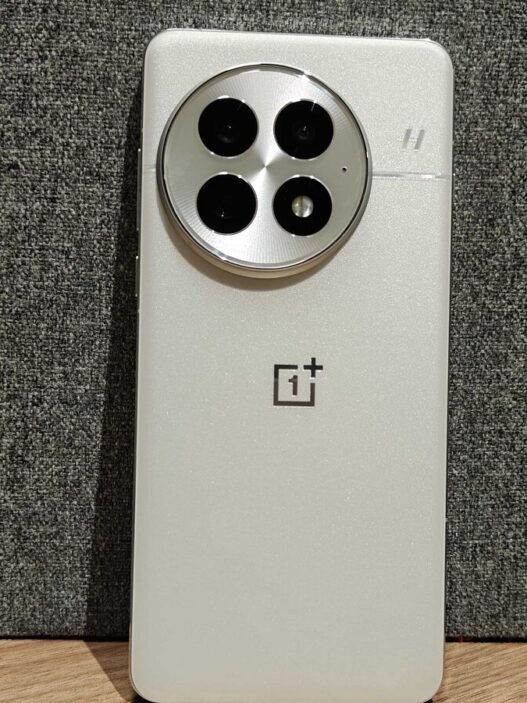After DeepSeek talking the AI limelight, Google stepped back in by rolling out the second generation AI model, Gemini 2.0 for everyone. In recent announcements, the tech giant announced the Gemini 2.0 Flash model in the Gemini AI app for everyone and rolled out the flagship Gemini 2.0 Pro model for Gemini Advanced subscribers. There are several other AI announcements which will benefit developers and users in the long run. These new AI models claim to provide advanced understanding capabilities and they can manage to perform complex tasks to solve user queries. Therefore, check out what new has been introduced with Gemini 2.0.
1. Gemini 2.0 Flash: Google’s Gemini 2.0 Flash is now widely available to use on the Gemini app and other AI products. This new generation model claims to give a higher edge to developers for building applications. Google also highlighted that image generation and text-to-speech capabilities will soon be rolled out for Gemini 2.0 Flash.
2. Gemini 2.0 Pro Experimental: Alongside wider availability, Google has also introduced an experimental version of its flagship Gemini 2.0 Pro model. This new model claims to handle complex prompts, provides better understanding and reasoning, and has strong coding performance. This AI model also provides a context window at 2 million tokens, giving it the ability to analyse huge amounts of data. Gemini 2.0 Pro is currently available for developers in Google AI Studio and Vertex AI.
3. Gemini 2.0 Flash-Lite: Google also launched a cost-effective AI model, the Gemini 2.0 Flash-Lite, with a 1 million token context window. The new model claims to provide similar performance and speed as the 1.5 Flash. The new model is currently available for public preview on Google AI Studio and Vertex AI.
4. Gemini 2.0 Flash Thinking Experimental: Lastly, Google is bringing an experimental version of the Gemini 2.0 Flash thinking model into the Gemini app. This model has the ability to interact with several Google apps such as Maps, YouTube and Search. It provides more detailed responses and explanations to user’s complex queries.











